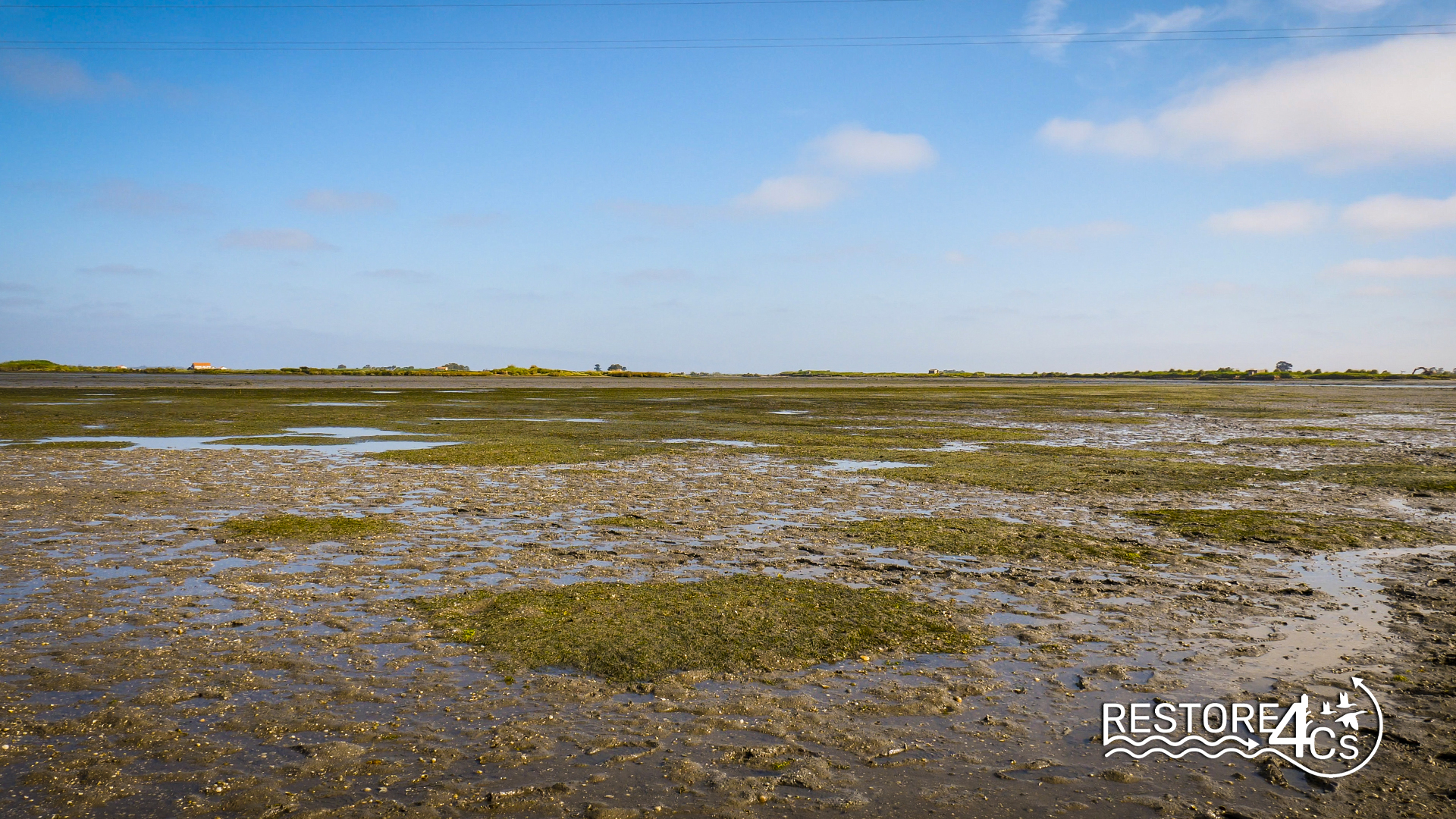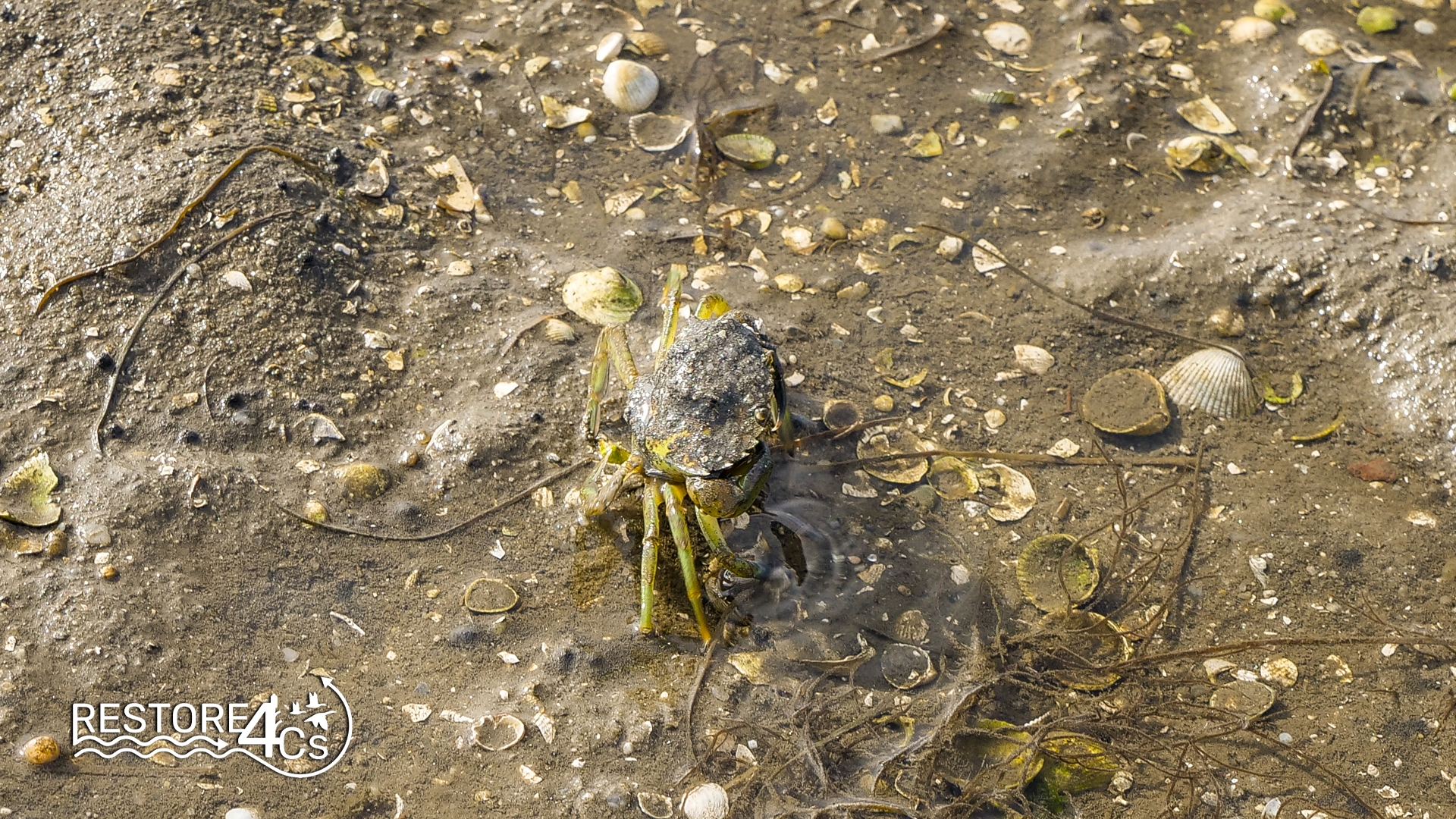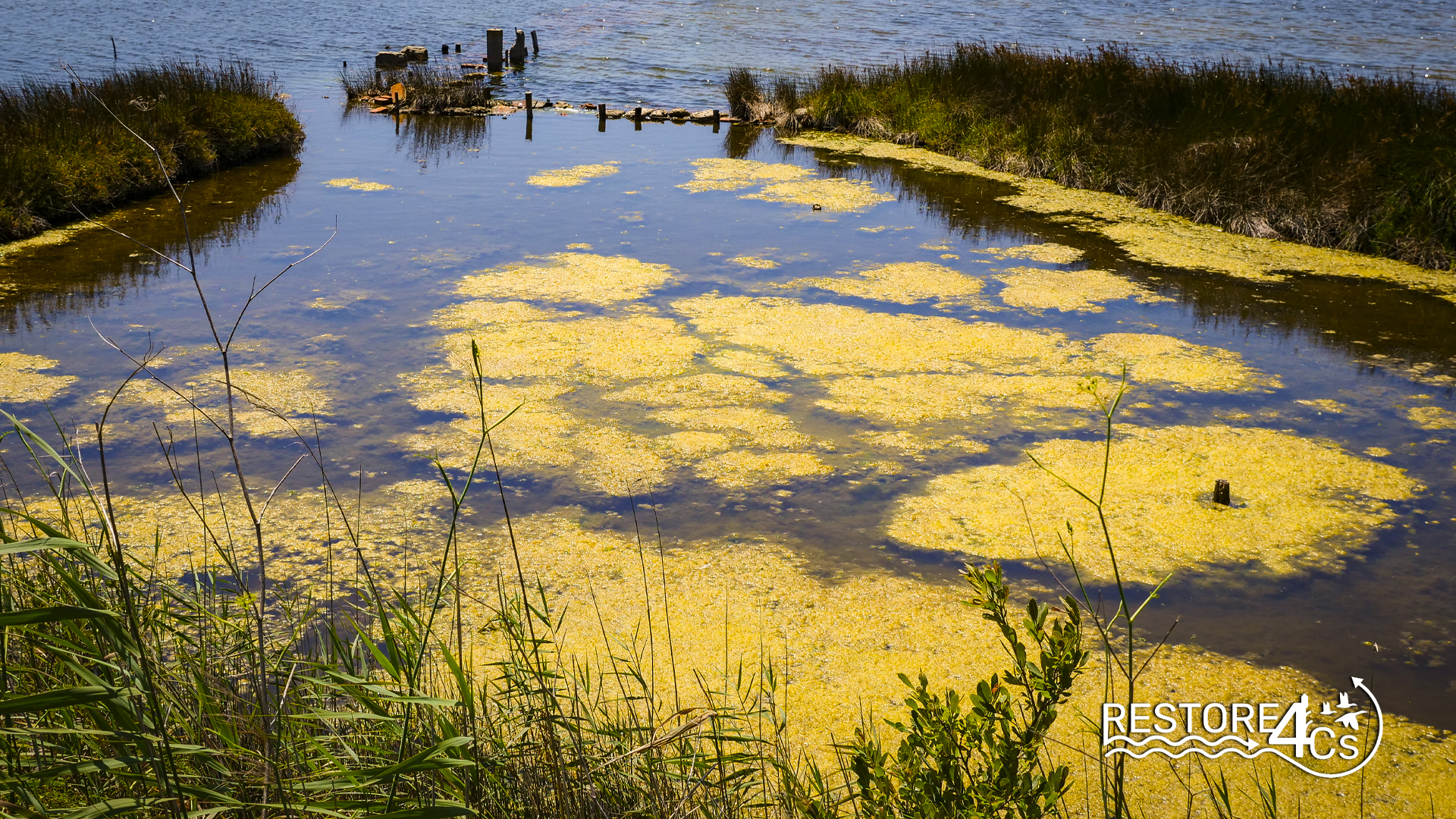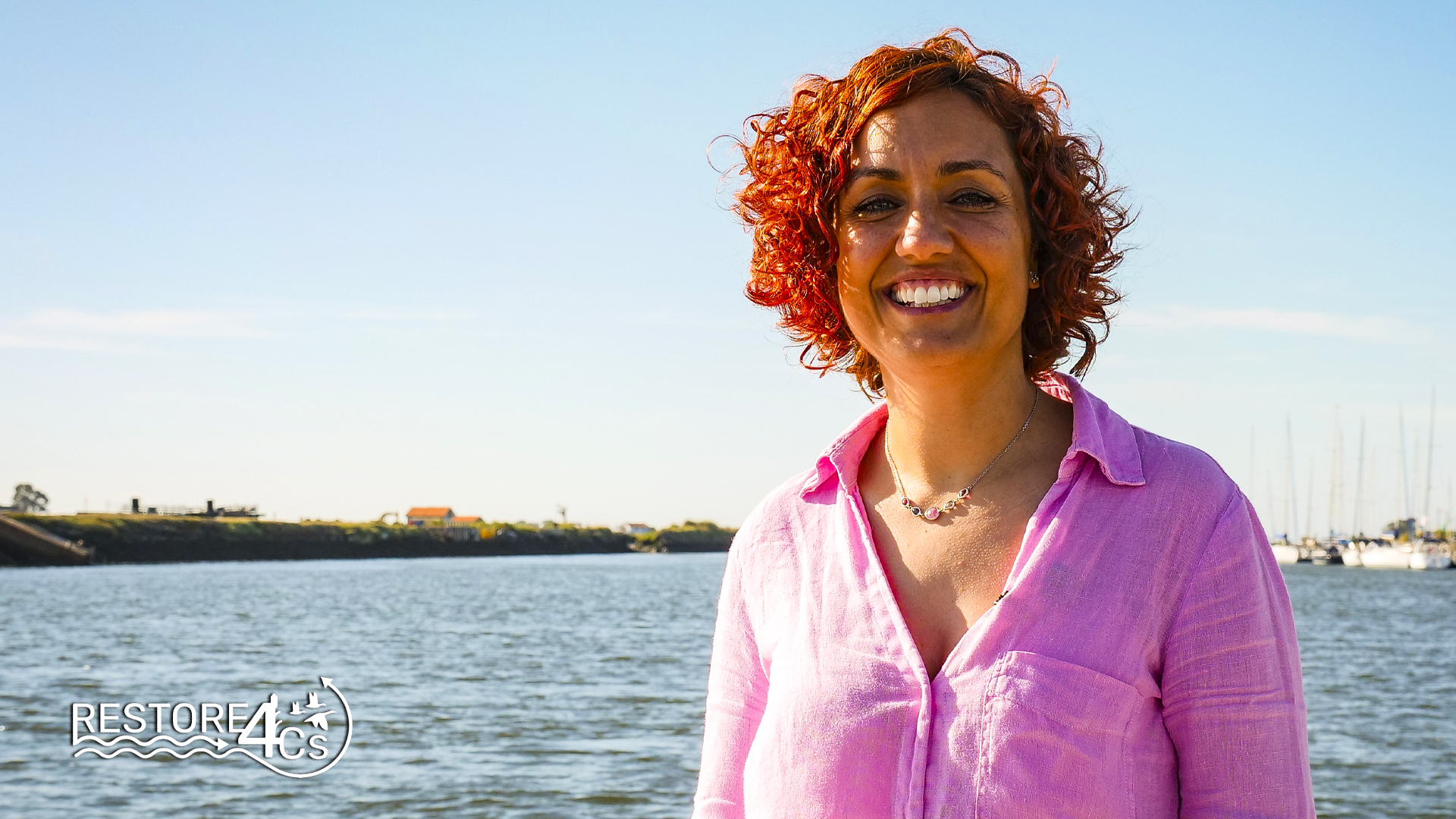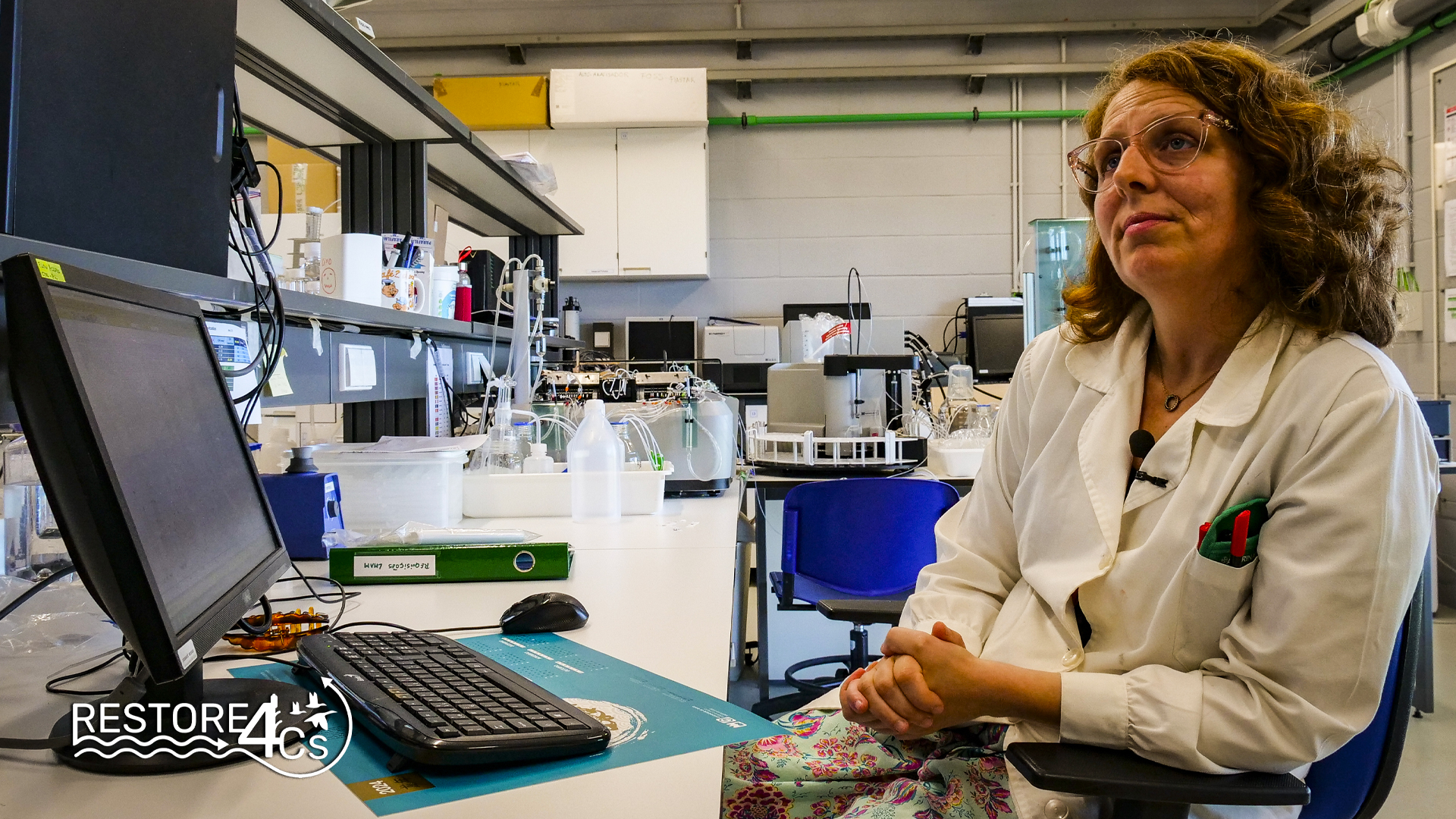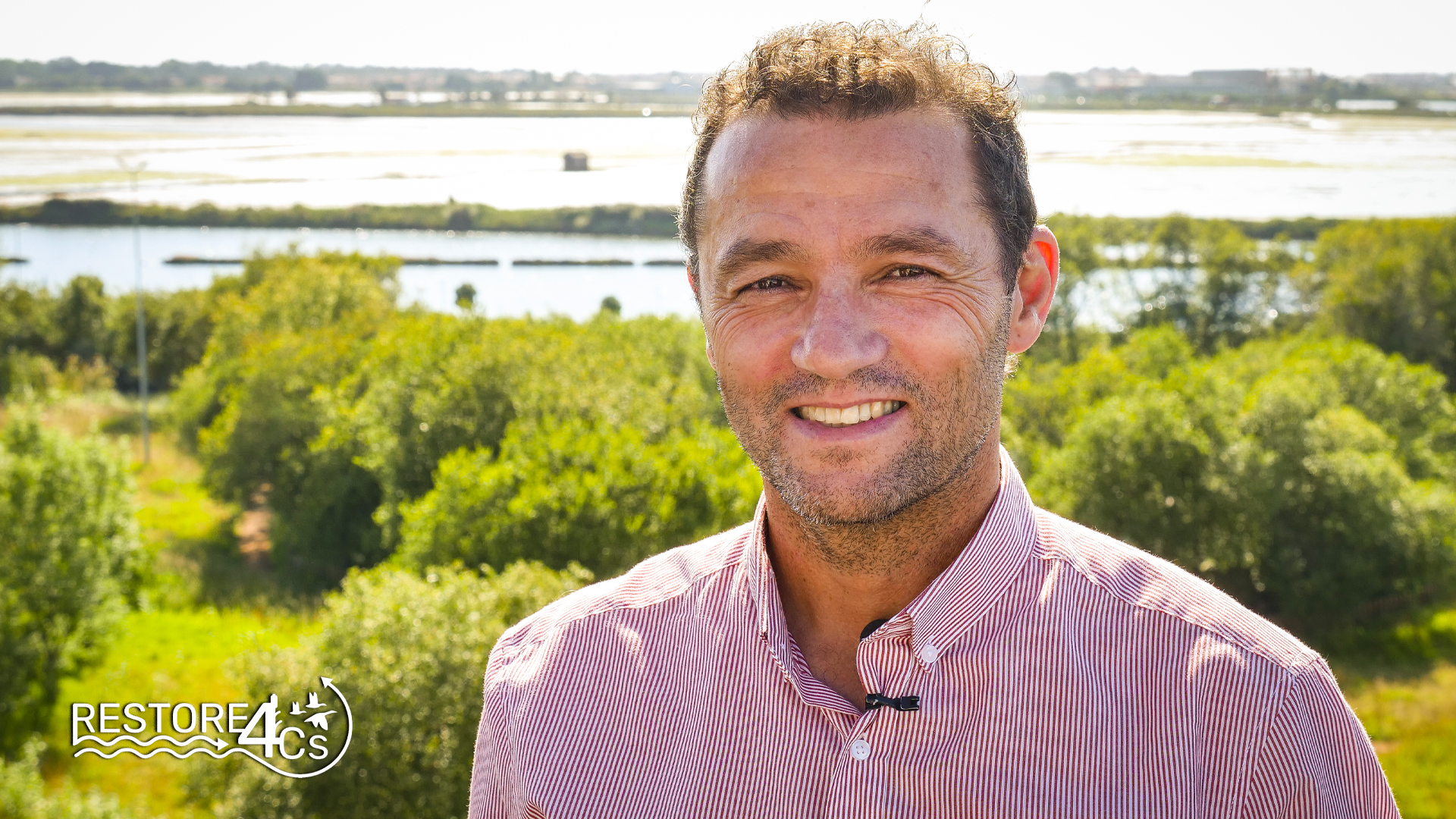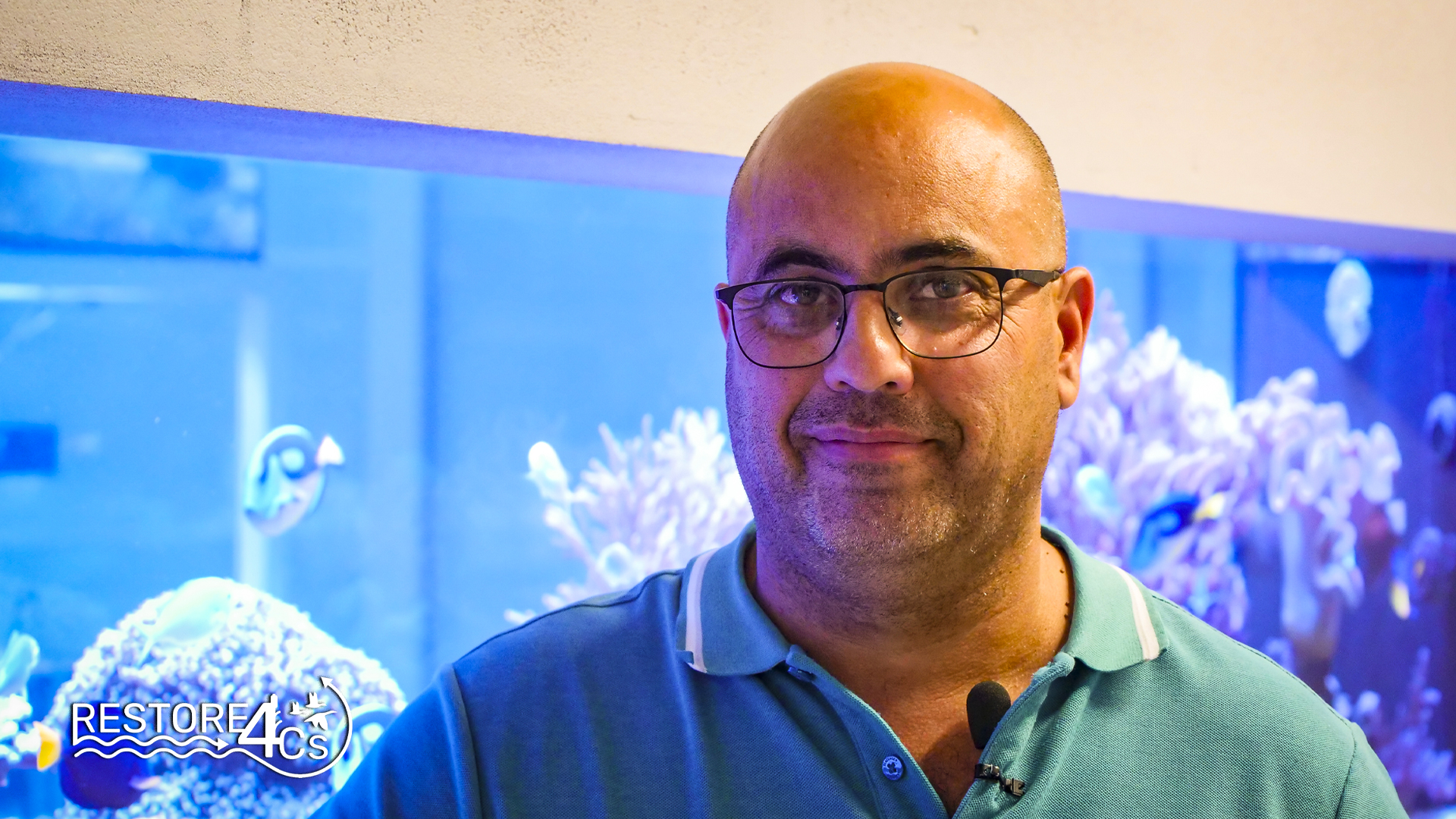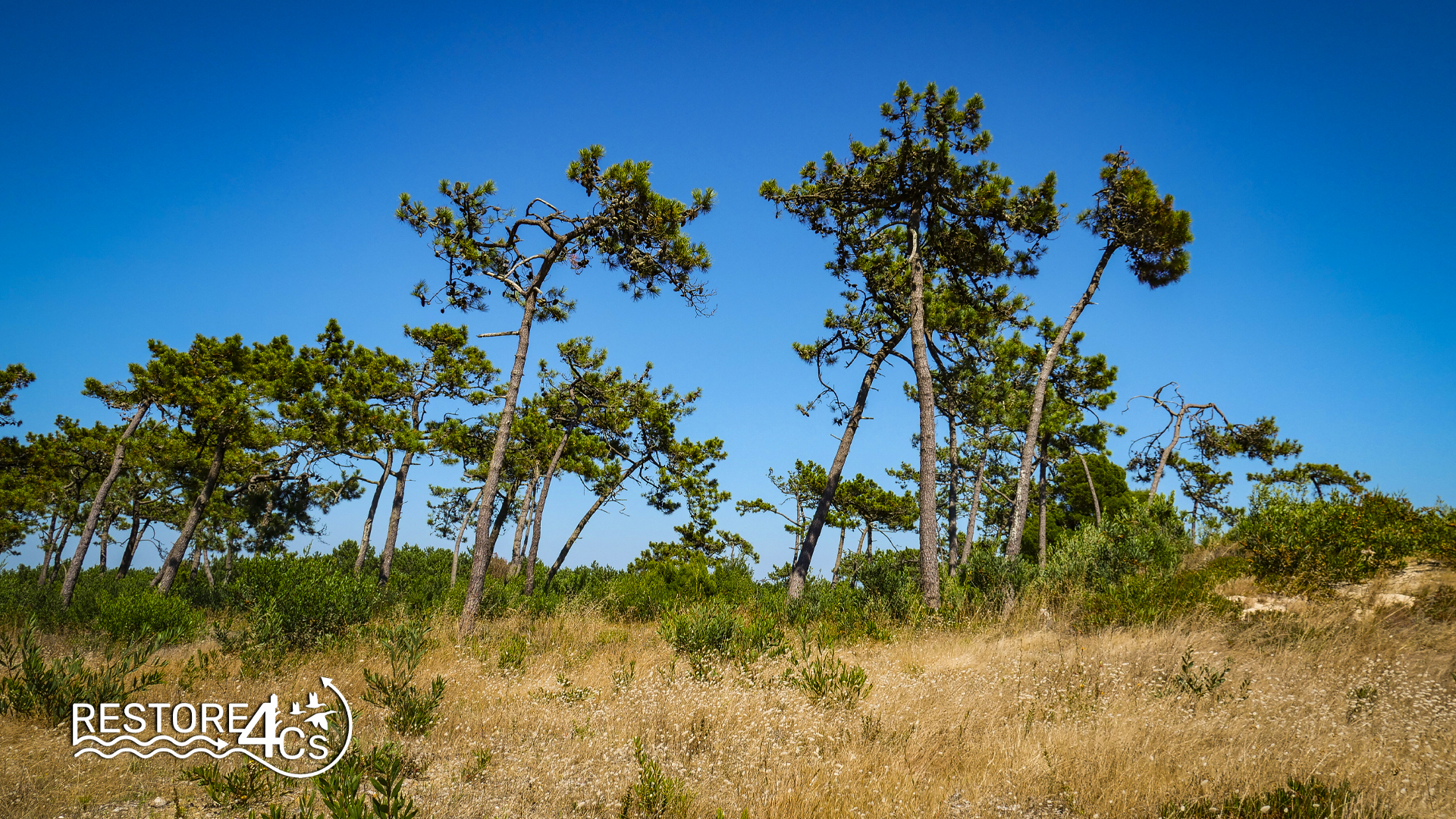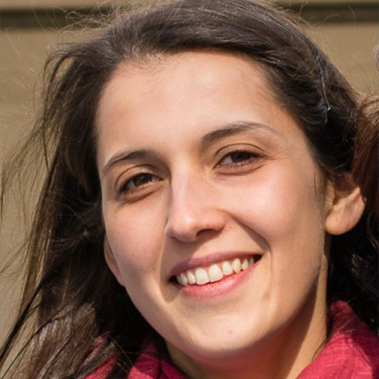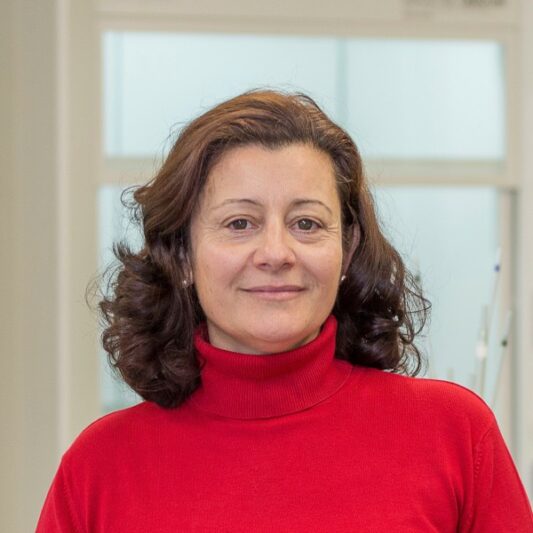
Ria de Aveiro
- Home
- Case Pilots
- Ria de Aveiro
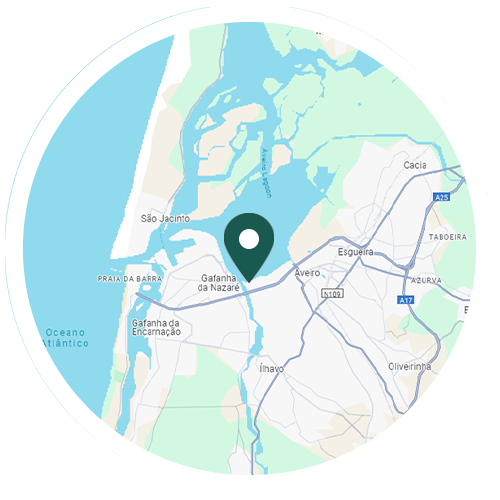
Protection Status: Natura 2000 SPA and SIC; Ramsar site (Pateira de Fermentelos); S. Jacinto Dunes Natural Reserve. LTsER, ICOS (PT), LW ERIC (PT – PORBIOTA)
Ria de Aveiro
The LTsER Ria de Aveiro platform carries out continuous measures of air temperature, humidity and PAR radiation through a meteorological station and makes continuous determinations of the physico-chemical parameters of the transitional water system through an autonomous observatory. The analysis of the ecological status of the water bodies is complemented by periodic campaigns that follow the tidal cycles and include various sites in the system.
The variety of biotopes, mainly in the aquatic system of transitional waters, is periodically monitored and the associated flora and fauna are mapped, with special emphasis on invasive species.
The seagrass meadows are particularly important, and work is underway to restore these priority habitats.
Over the last decade, the research projects carried out under the LTsER Ria de Aveiro platform have been transdisciplinary in nature, involving the active participation of key players, not only from the region, but also from organisations at the national level, in order to co-develop adaptive management scenarios using GIS-based models.
The Ria de Aveiro is a shallow coastal lagoon located in the centre of Portugal. The lagoon, which covers around 11,000 ha, resulted from the retreat of the sea and the subsequent formation of coastal strands, becoming part of the estuary of the River Vouga, whose hydrographic basin covers an area of approximately 3,362 km2. It is a complex socio-ecological region, part of the Natura 2000 network, with a wide variety of biotopes of high biodiversity: the lagoon water level, beaches, “moliço” sea meadows, salt marshes, mudflats and sandbanks, riparian vegetation, dunes, natural lagoons such as Pateira de São Jacinto and Pateira de Fermentelos, and small farms flanked by hedges (“bocage” landscape). The Ria de Aveiro encompasses three domains of aquatic ecosystems (freshwater, transitional waters and coastal marine waters), the interactions and interdependencies of aquatic-terrestrial processes and the services provided by the ecosystems.
The territory covered Ria de Aveiro is mostly located in the Mediterranean biogeographical region, with the northern end of the lagoon in the Atlantic biogeographical region. The climate is characterised by the influence of the Atlantic Ocean, which gives it its maritime temperate characteristics, and by heavy rainfall and seasonal temperatures, with a hot period between July and September and a cold period between December and February.
Of the three aquatic domains, the freshwater system includes the confluence of the Vouga River with the coastal lagoon, the Baixo Vouga Lagunar, and the Pateira de Fermentelos. The Baixo Vouga Lagoon has three landscape units: the “Bocage”, the open agricultural fields (large agricultural plots without tree vegetation) and the wetlands, mainly reed beds.
The Pateira de Fermentelos, classified as a Ramsar site, is one of the largest natural freshwater lagoons on the Iberian Peninsula, often described as a widening of the Cértima River, an effluent of the Vouga River. The transitional water system corresponds to the lagoon system of the Ria de Aveiro, which connects the Vouga River basin (responsible for about 80% of its freshwater source) to the Atlantic Ocean through a single inlet, Barra, and its hydrodynamics are essentially forced by the action of the tides.
The biological richness of this system is mainly due to the presence of Zostera noltei meadows and one of the largest continuous salt marshes in Europe (composed of numerous species, including Spartina maritima and Juncus maritimus). The coastal marine water system corresponds to the body of water adjacent to the lagoon, which is under the influence of the North Atlantic coastal upwelling system on the west coast of the Iberian Peninsula. The coastal upwelling, with strong seasonal upwelling, especially in summer, is particularly important for small pelagics species.
The Natural and Conservation Value of the Area
As an integral part of the Natura 2000 Network, the Ria de Aveiro is a Special Protection Area (SPA) and includes several areas that are classified as Sites of Community Importance (SCI). Pateira de Fermentelos is a Ramsar site and the dunes of São Jacinto are a Natural Reserve. Many species are protected by international conventions such as the Birds Directive and the Habitats Directive.
Coastal wetlands, both freshwater and tidal, have a nature conservation value due to the biodiversity associated with them and the services they provide, in particular climate regulation, hydrological and biogeochemical cycles, especially the carbon cycle, known as blue carbon, as well as provisioning and cultural services. There is also the value of connectivity between the three aquatic areas, which is particularly important for the European eel, a species with endangered protection status.
Socio-economic Value
The territory covered by Ria de Aveiro includes 10 municipalities (Águeda, Albergaria-a-Velha, Anadia, Aveiro, Estarreja, Ílhavo, Murtosa, Oliveira do Bairro, Ovar, Vagos), with a resident population of 356,386 inhabitants, according to the latest census (INE, 2021).
The main economic activities are in the industrial and service sectors. However, agriculture and small-scale fishing, including the collection of shellfish and bait for fishing and aquaculture, continue to be economically important socio-cultural resources for the local population.
The natural capital of the Ria de Aveiro territory, biodiversity and the range of services and goods provided by ecosystems are essential for human well-being and the development of the region.
The political and legislative context in which the Ria de Aveiro is located is complex, with a wide variety of organisations and agents involved in its governance.
Threats to the System
The Ria de Aveiro, as a lagoon system, is in a reasonable to good state of conservation. However, some management measures have led to changes in the eco-hydrology of the system, including an increase in the tidal prism, an increase in water speed and consequent erosion of the lagoon banks, an increase in turbidity and habitat fragmentation, threatening the Zostera noltei meadows and the Spartina maritima and Juncus maritimus marshes, as well as the associated goods and services.
The increase in anthropogenic pressures on coastal areas, in particular climate change and the presence of exotic species with invasive behaviour, constitute an added challenge to the integrated management of the Ria de Aveiro, which requires a transdisciplinary and adaptive approach.
Achievements
- Lorem ipsum dolor sit amet, consectetur adipiscing elit.
- Lorem ipsum dolor sit amet, consectetur adipiscing elit.
- Lorem ipsum dolor sit amet, consectetur adipiscing elit.
WHY THIS CASE PILOT MATTERS
How and what research is carried out at this site
The LTsER Ria de Aveiro platform carries out continuous measures of air temperature, humidity and PAR radiation through a meteorological station and makes continuous determinations of the physico-chemical parameters of the transitional water system through an autonomous observatory. The analysis of the ecological status of the water bodies is complemented by periodic campaigns that follow the tidal cycles and include various sites in the system. The variety of biotopes, mainly in the aquatic system of transitional waters, is periodically monitored and the associated flora and fauna are mapped, with special emphasis on invasive species. The seagrass meadows are particularly important, and work is underway to restore these priority habitats.
Over the last decade, the research projects carried out under the LTsER Ria de Aveiro platform have been transdisciplinary in nature, involving the active participation of key players, not only from the region but also from organisations at the national level, in order to co-develop adaptive management scenarios using GIS-based models.
Ria de Aveiro represents an Atlantic-European biogeographical region and was selected as a Case Pilot to gather data and information in situ and to test the framework developed under RESTORE4Cs at a local scale. Researchers from the University of Aveiro and other project partners carry out fieldwork campaigns every three months for a year. Rates of C-storage and GHG exchanges (particularly carbon dioxide (CO2), methane (CH4) and nitrous oxide (N2O)) and their catchment are seasonally measured, during high and low tide, in seagrass beds of Ria de Aveiro of different status: preserved, altered and restored. Data gathered on C-storage and GHG emissions will be linked to the conservation status (preserved/ altered/ restored) of Ria de Aveiro wetlands to help determine their role in carbon dynamics. These data, supplemented by meta-analysis, are used to feed and calibrate conceptual and quantitative models developed within the project, to extrapolate toward upper scales and forecast the response of wetlands C-storage and GHG emissions abatement to restoration actions.
Ultimately, data and information obtained from the fieldwork campaigns in Ria de Aveiro, and in the other 6 Case Pilots, will contribute to improving the knowledge on wetlands’ status and their restoration potential to understand their capacity as carbon sinks or GHG sources, and to analyse the degree to which wetland restoration approaches are affected by different scenarios of climate change. Ria de Aveiro wetlands will serve as evidence to draw EU-wide conclusions (upscaling) and tools, enabling to reaching of common policy-relevant decision-making on wetlands restoration at a pan-European level (natural wetlands, floodplains and peatlands).
A shallow coastal lagoon located in the centre of Portugal, covering around 11,000 ha.
Long-term investigations covering ecosystem functioning, biogeochemical cycling, biodiversity, ecosystem service provision, anthropogenic pressure, environmental modelling and climate change impact.
Data facilitating common policy-relevant decision-making on wetlands restoration at a pan-European level.
Climate change constituting an added challenge to the integrated management of the Ria de Aveiro.
Information obtained from the fieldwork campaigns will contribute to improving the knowledge on wetlands’ status and their restoration potential.
KEY SCIENTIFIC PAPERS
25/03/2024
Lorem ipsum dolor sit amet, consectetur adipiscing elit, sed do eiusmod tempor incididunt ut labore et dolore magna aliqua
Authors: Pippo, Pluto, Topolino
25/03/2024
Lorem ipsum dolor sit amet, consectetur adipiscing elit, sed do eiusmod tempor incididunt ut labore et dolore magna aliqua
Authors: Pippo, Pluto, Topolino
25/03/2024
Lorem ipsum dolor sit amet, consectetur adipiscing elit, sed do eiusmod tempor incididunt ut labore et dolore magna aliqua
Authors: Pippo, Pluto, Topolino
25/03/2024
Lorem ipsum dolor sit amet, consectetur adipiscing elit, sed do eiusmod tempor incididunt ut labore et dolore magna aliqua
Authors: Pippo, Pluto, Topolino
Local STAKEHOLDERS
Involved Staff

Timeline
02/10/2023 – 06/10/2023
1st Sampling Campaign
20/05/2024 – 24/05/2024
3rd Sampling Campaign
04/03/2024 – 08/03/2024
2nd Sampling Campaign
29/07/2024 – 02/08/2024
4th Sampling Campaign

